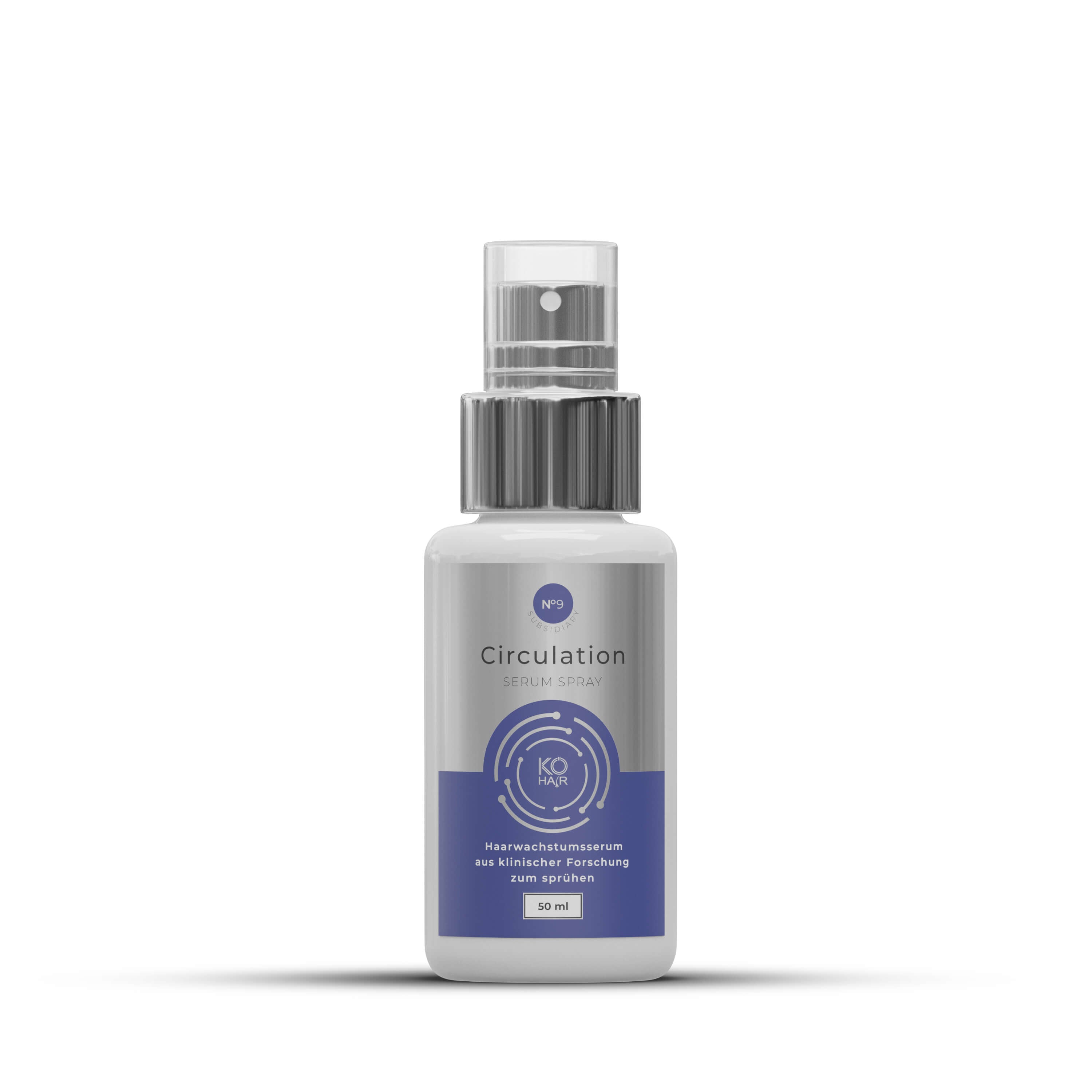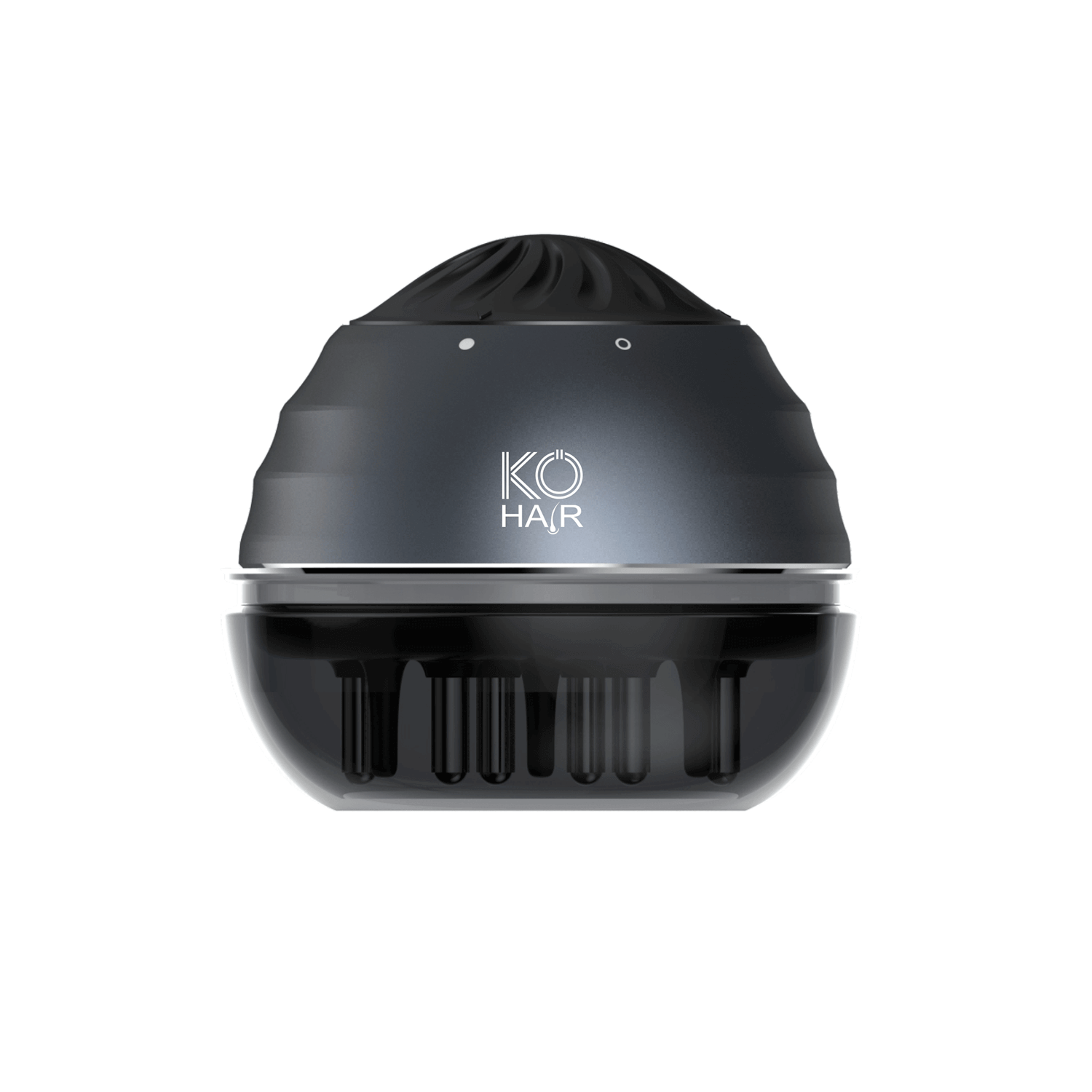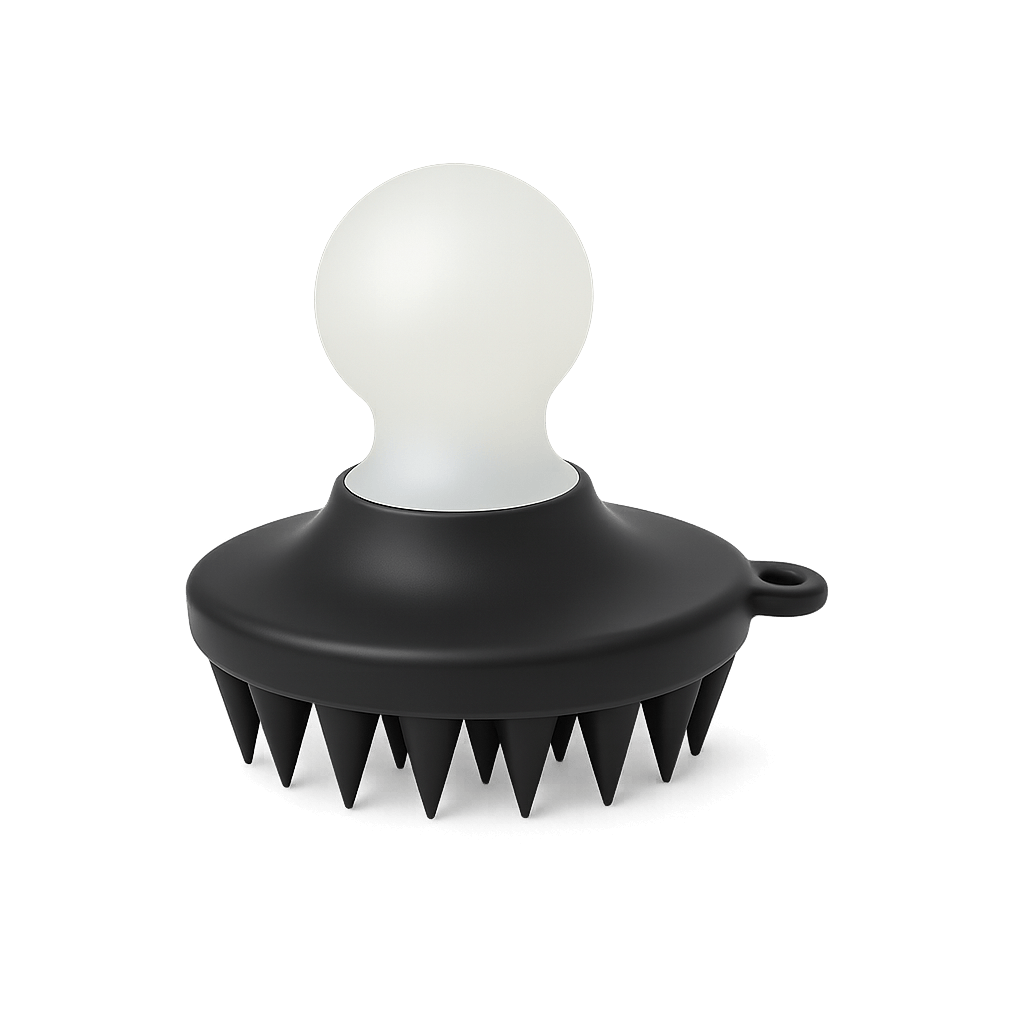When does hair loss end? A look at the life cycle of hair

The question “When does hair loss end?” concerns many people who are confronted with this challenge. To answer this question, we need to understand the life cycle of hair and the different factors that influence hair loss.
The life cycle of hair
Every hair on our scalp goes through a natural growth cycle, which consists of three phases: anagen (growth phase), catagen (transition phase) and telogen (resting phase). The hair loss we experience every day is often the result of hair's natural transition from the telogen to the shedding phase. On average, a person loses 50 to 100 hairs per day.
Temporary vs. Permanent hair loss
It is important to differentiate between temporary and permanent hair loss. Temporary hair loss can be triggered by stress, nutritional deficiencies, hormonal fluctuations, or medical conditions and often resolves when the underlying cause is treated. Permanent hair loss, like androgenetic alopecia, is usually genetic and does not end on its own.
Factors affecting hair loss
Various factors can influence hair loss and determine its duration. These include genetic predispositions, age, hormonal changes, health status and environmental influences. Timely diagnosis and treatment can be crucial to controlling hair loss.
Medical treatment options
There are treatments that can help stop or reverse hair loss. These include topical solutions like minoxidil, oral medications like finasteride, and newer therapies like Redensyl. These therapies aim to extend the hair growth cycle or strengthen hair follicles.
Innovative research
Research is constantly making progress in finding cures for hair loss. Stem cell therapy, genetic modification, and tailored molecules are just some of the promising areas that may provide lasting solutions in the future.
conclusion
The question of when hair loss ends depends on the type of hair loss and a variety of individual factors. While some forms of hair loss are self-limiting, others require active medical intervention. The good news is that hair loss treatment options are now more diverse and accessible than ever before.









